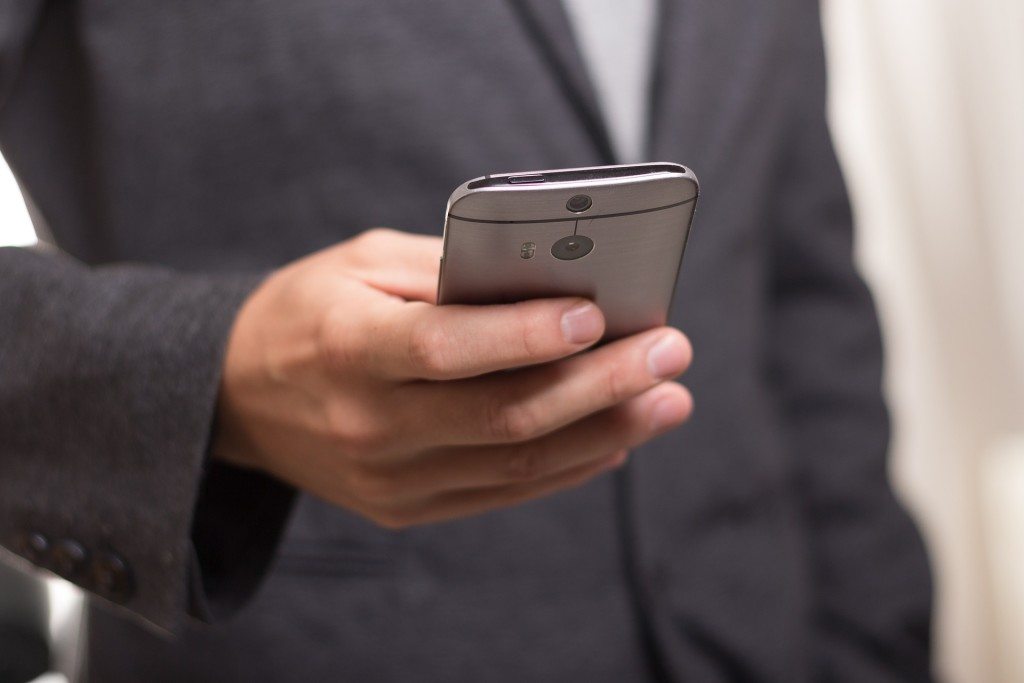Think about this for a second: Every day, six billion SMS messages are sent in the US, about twice the number of phone calls made and roughly 25 times the number of pieces of first class mail processed and delivered by the U.S. Postal Service daily. With numbers like this, messaging apps are much more than merely something quick and cute. Smart companies have come to realize that this is a customizable tool for all kinds of interaction, and those that truly embrace this idea stand the best chance of developing new ways to connect with customers on a deeper, more active and far more effective level.
And we’re just getting started. In August, Facebook announced “M” as a Siri-like UI to Messenger. LinkedIn also got in the game adding messaging service to its 380 million users in order to promote fast, back-and-forth communication. Adding to this was China’s $50M investment in Kik, the Canadian-based, rapidly expanding messaging service.
WhatsApp was only five years old when Facebook acquired it last year for an eye-popping $19 billion. What did Facebook know that the rest of us didn’t? Simply, this: Messaging apps are becoming so much more than just messaging. They are creating and forging a new path for customer experiences. While the apps themselves aren’t new their personalized experiences and transactional functionalities are radically changing consumer engagement, as we know it, most notably in the realm of customer service.
Here’s why: Intelligent assistance. Noteworthy in the Facebook’s announcement is that ‘M” can complete tasks like buy supplies, purchase gifts, make a hotel reservation, or change an appointment for you. And Kik, the funded-brother of WeChat (already the leader in Messaging Apps in making their platform a one-stop transaction portal) aims to duplicate WeChat’s dominance in China here in North America. Even LinkedIn stated in their announcement that it could introduce intelligent assistance down the road. The bottom line is that the future of messaging apps is far more about engagement and transactions than it is about simpler and sexier SMS alternatives.
Mobile messaging is a $251 billion annual business (just a hair more than the annual GDP of Chile) and is forecasted to generate $1.279 trillion in revenues from 2014-2018 according to Portio Research. There’s a reason for this: consumers don’t see messaging apps as a platform like they do with social media. Instead, messaging apps, IMs and texts have become a standard way of communicating. Users have complete control over whom they engage with, how they communicate and what they engage about. And they’ve created their own language along the way so there is a sense of privacy, personalization, and ever-present connectivity, which is pulling users away from traditional brand and social app experiences.
The customer service industry is over-run by technology, and thanks to big trends like big data, the cloud, the Internet of Things, and ever more complex products, customer service is in the midst of a revolution. We know from our internal research that the majority of consumers, led by millennial’s, view the customer experience as more important than the functions and features a product itself offers. They want an emotional attachment to the brand experience and when that emotion fades, regardless of the product’s capabilities, their brand loyalty will fade with it.
Consumers have waited and have asked brands to create the experiences they’ve desired and for the most part those calls have gone unanswered. And now consumers are going out and creating them themselves.
But historically, customer service has been an issues-based and reactionary ideology. Consider service experiences today: when a customer has a question, comment or need, that person has to figure out how to contact the brand. That might entail a phone call, website visit, an email or a chat, but that puts the support experience in the hands of the brand. An un-savvy user may not understand how to use the website chat box, the email may go unreturned or take too long to receive, or a language barrier may prevent a successful phone session. And all too often, the negative feelings that result from these types of experiences end up getting aired out on social media.
Case in point, if privacy and security issues were level across all channels, consumer text and chat usage would increase dramatically: 250% for chat, 367% for text according to the findings in the recent Aspect Consumer Experience Index. Further, the research also found that 40+ percent of consumers would opt to use text or messaging for customer service, but don’t because it’s either not available or lacks interaction quality.
With a messaging app, like Facebook Messenger, WhatsApp, Kik or iMessage, consumers feel more in control. Even though users are still technically using another app or platform, consumers are accustomed to using these services every day. When a brand comes to the consumer instead of the reverse, the consumer owns the conversation and can control the experience.
Messaging apps are the Lego sets for these experience environments, having the opportunity to create personalized, clutter-free environments for consumers that will soon become their exclusive, personal portals, providing all the content consumption and transactional capabilities and functionality they normally conduct on their smartphones. All this without having to App-hop to check scores, respond to a friend or check on an order status.
For example:
- In Asia, you can buy insurance and apply for a mortgage via China’s WeChat
- On Magic you can order a pizza and a Pepsi, sushi and some flowers, or a tiger via SMS, coming to messaging apps in 2015
- Tango lets members make purchases from Walmart.com without having to exit the Tango App.
- Snapchat has partnered with Square (SnapCash) for personal cash transfers
- Twitter has not only opened access to direct messaging, they’ve also dramatically increased character length light-years beyond the standard 140
The possibilities are endless. Bill pay notifications with one-click while still in the app. Sharing a pic of a travel destination with a friend on one chat and making a hotel reservation on another. The Aspect survey showed that making customers feel like you know them promotes loyalty in 7 out of 10 consumers. And since these billion plus messaging-app users are only going to let in the people that know them, the sense of loyalty and long-term customer value is nearly assured.
As functionality improves, the possibilities for brands to craft better and more personal experiences for their customers grow too. And with the number of people that use messaging apps as high as it is, why shouldn’t brands consider catching this wave of new ways to embrace and connect with customers. Customer service excellence is not just possible through messaging; it is going to be table stakes. The Message movement has the potential to drive a billion-plus person exodus from the traditional customer-company interaction model to a B-to-Me environment where the user has complete permission-control of who they engage, how they engage them and what they engage then about. Historically, brands that have paid attention to where their customers want to go, survive and thrive and for marketing and customer service organizations, the movement to messaging is worth the attention.




So much truth ,Fantastic article . Check out Ongair https://app.ongair.im/ they have built a Customer Service Platform via We Chat and Whatsapp. I signed up with them two years ago and since then my business has grown exponentially.